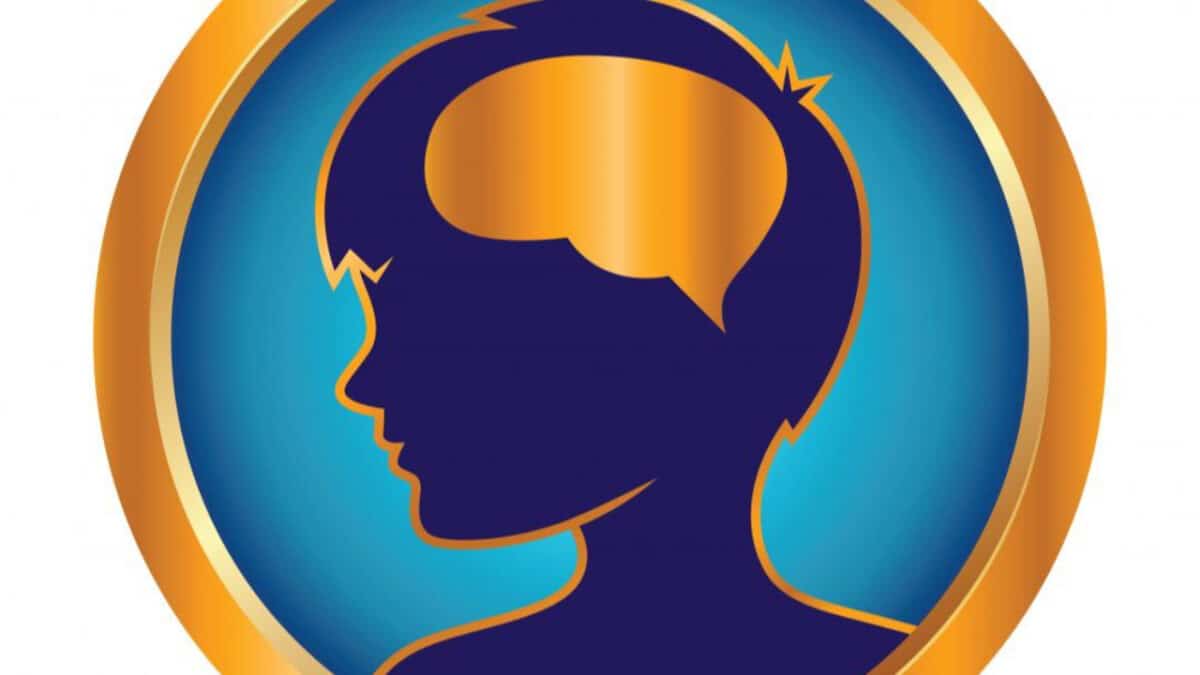According to the article, “A practical outcome scale for paediatric head injury” 1, The KOSCHI was created by Crouchman and colleagues “due to the lack of evaluation of active and rehabilitation therapies after TBI.” It is meant to be an adaptation of the original Glasgow Outcome Scale (GOS) for adults.
Inter-rater reliability studies show that even with an apparently simple scale, some training for assessors may be required to maintain reliability.
Head injury accounts for 5% of all paediatric hospital admission and is the commonest cause of acquired brain disability in childhood, with an estimated 3000 children acquiring significant new neurological or cognitive disability as a result of TBI every year in the UK1.
There is a lack of pediatric descriptors of outcomes in this field and this was the main reason why the KOSCHI was developed.
Information from 200 head injured children admitted to the pediatric ward of King’s College Hospital between 1990-1997 was explored. More than 90% of the items in the research had severe injury with abnormal intracerebral radiological findings on imaging1.
The 5 categories of the KOSCHI include:
1 –Death
2 –Vegetative – The child is breathing spontaneously and may have sleep/wake cycles.
3 -Severe disability – The child is at least intermittently able to move part of the body/eyes to command or make purposeful spontaneous movements. Implies a continuing high level of dependency, but the child can assist in daily activities; for example, can feed self or walk with assistance or help to place items of clothing.
4 –Moderate disability – The child is mostly independent but needs a degree of supervision/actual help for physical or behavioural problems. The child is age appropriately independent but has residual problems with learning/behaviour or neurological sequelae affecting function/
5 –Good recovery – This should only be assigned if the head injury has resulted in a new condition which does not interfere with the child’s wellbeing and/or functioning. Implies that the child has made a complete recovery with no detectable sequelae from the head injury.
There is potential for ambiguity in such a simple instrument. For example, a child with a minor head injury, who has a partial spinal cord injury, might place him in category 4, irrespective of complete recovery of the brain injury.
According to the “A practical outcome scale for paediatric head injury” 1 article, the evaluator needs to make sure that they are taking into account the sequelae of the child’s brain injury, rather than that of other injuries.
Another issue is that for a child with premorbid learning and/or behavioural problems, assignment to a category should be based on change in function following TBI.
In June 2016, the SABS definition for catastrophic impairment is changing.
The new SABS states the following conditions for Catastrophic Designation under childhood brain injury:
If the insured person was under 18 years of age at the time of the accident, a traumatic brain injury that meets one of the following criteria:
- The insured person is accepted for admission, on an in-patient basis, to a public hospital named in a Guideline with positive findings on a computerized axial tomography scan, a magnetic resonance imaging or any other medically recognized brain diagnostic technology indicating intracranial pathology that is a result of the accident, including, but not limited to, intracranial contusions or haemorrhages, diffuse axonal injury, cerebral edema, midline shift or pneumocephaly.
- The insured person is accepted for admission, on an in-patient basis, to a program of neurological rehabilitation in a paediatric rehabilitation facility that is a member of the Ontario Association of Children’s Rehabilitation Services
- One month or more after the accident, the insured person’s level of neurological function does not exceed category 2 (Vegetative) on the King’s Outcome Scale for Childhood Head Injury
- Six months or more after the accident, the insured person’s level of neurological function does not exceed category 3 (Severe disability) on the King’s Outcome Scale for Childhood Head Injury.
- Nine months or more after the accident, the insured person’s level of function remains seriously impaired such that the insured person is not age-appropriately independent and requires in-person supervision or assistance for physical, cognitive or behavioural impairments for the majority of the insured person’s waking day.
As you can see above, criterion #3 and #4 take into consideration the KOSCHI assessment and score.
After one month following the accident, if the child scores a 2 – Vegetative on the KOSCHI, they are CAT.
After six months following the accident, if the child scores a 3- Severe Disability on the KOSCHI, they are CAT.
The SABS does not provide any guidance of who should do the KOSCHI assessment.
However, when we read the definition of a Severe Disability, it notes that the child needs a “high level of dependence”. How can this be measured?
Obviously, it cannot be measured by a quick interview with the child and caregiver, as the evaluator must observe the child’s actual capabilities to determine the level of independence.
In order to describe “functional level” and the amount of assistance a child requires, an OT will have to visit the child in their home and observe how they interact with their family, their peers and in the community.
To learn more about the KOSCHI, please do not hesitate to contact us.
1 M. Crouchman et al, “A practical outcome scale for paediatric head injury” Arch Dis Child 2001; 84:120-124 [the “KOSCHI article”].

